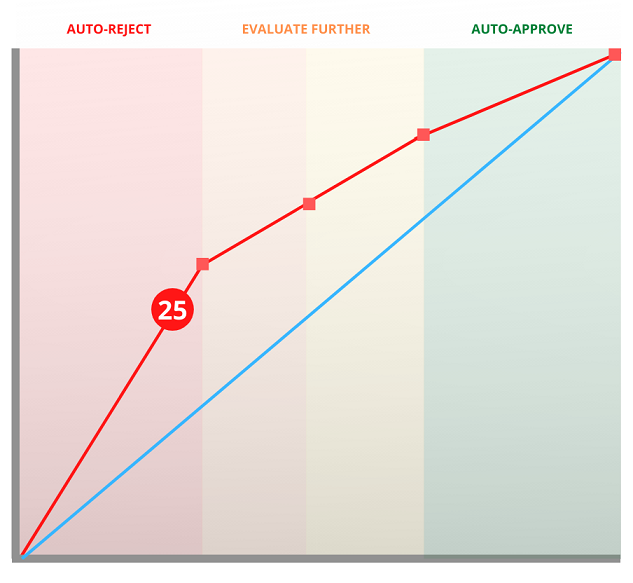Manage Emerging Risk in the Insurance Industry

High-Probability and High-Impact Risks
High-probability, high-consequence events, are the new situations that insurers encountering, when an Earthquake Preparedness Alert issues (EPA). EPA is a key component in understanding how customers feel and react when probability of an unusual earthquake increases in the specified regions. Earling EPA is the perfect example of using massive amounts of data to gain actionable insights to manage risks and transferring them into value.
Partners or Competitors? New Territories
Even insurance companies are likely to transfer their risks to other (re)insurance companies, competitors, and partners. EPA is a new risk factor, but creativity adds unfair competitive advantages to it. It means only those (re)insurance companies which receive EPAs can manage related risks facing new high-risk requests through underwriting and pricing that impact almost all insurance products, to save money.

New Emerging Risks are New Emerging Markets
There are new risks and opportunities in Earthquake Preparedness Alerts, which involve the insurance industry decision makers with four different market segments, including residents, industries and businesses, insurance companies, and governments. All these market segments need to mitigate their risks. It can be used as a progressive insurance competitive advantage or strategy by competitors when EPAs as a risk transitioning tool. Earling EPA solution assists decision-makers in primary insurance companies in managing risks that are more than $100 billion annually on average and turning it into a big market in 40 countries.
Earthquake Action Plan in Insurance Company
After an EPA issue, primary insurance companies encounter various high-risk new customers in the worst time - even in regions with low earthquake insurance penetration rates, when the chance of an unusual earthquake highly increases. Decision-makers require new technical tools to manage or mitigate the related risks. Earling EPAs as a required elementary technical tool alongside its consultation helps primary insurance companies develop their specific Earthquake Preparedness Action Plan to encounter a new normal situation in the insurance industry in NatCat: short-term seismic financial risk (S2FR).
Resident Behaviors in Earthquakes and Emerging Risks
Even in the regions with low earthquake insurance penetration rates, an Earthquake Preparedness Alert cause notable changes in social behaviors. Based on the latest studies, more than 20% of the residents who received Earthquake Preparedness Alerts at least moved to an online broker/ insurance/ insurtech website to make a price comparison. It means Earthquake Preparedness Alerts increase the insurance penetration rates in P&C, life, and business interruption but in the high-risk time windows.
Business Reaction Risks and Opportunities
All business companies are somehow vulnerable to earthquakes. In many cases, economic losses of severe earthquakes are more than destruction losses up to 15 times. Various provided solutions/ products by the insurance companies, alongside the new normal situation in NatCat in Earthquake Preparedness Alerts era, make the insurance industry vulnerable in case risks transferring to the insurers through business interruption, liability, life, property, all risks and parametric.
Undercover Earthquake Risk Management
Loading data ...
How we can help?
In general, Earling has a global seismic monitoring network and specialists that are subject matter experts. Regarding the mentioned challenges, Earling can deliver support:
- In the pressure on profitability, performance management and key performance indicator settings.
- In the entrance of parametric insurance markets and issuing alternative products, Earling can deliver independent advice through our global resources.
- To control the impact of the new normal situation in natural catastrophic events, Earling assists in optimizing and validating NatCat and reinsurance program modeling.
- Assist in facing insurtechs when they receive a high-risk time window.
